Proper system design provides maximum life
and quickest ROI on your pumping system
Piston vs. Plunger
We supply both piston and plunger designed pumps. The pressure and flow performance of these pumps can overlap requiring you to either select a piston pump or plunger pump.
Piston Pump "Uniflow" Design
A piston pumps’ high pressure seal reciprocates with the piston in a cylinder. The intake is configured to allow smooth continuous flow at the intake. The inlet valves are mechanically actuated and don’t rely on pressure differential to operate. These factors reduce the risk of pump cavitation. Piston pumps are capable of drawing their own liquid. The inlet pressure range of a piston pump is -8.5 psig to 40 psig for proper operation. Piston pumps work in an output pressure range from 100-1200 psi.
Plunger Pump "Direct Flow" Design
A plunger pump’s high pressure seal is stationary and the plunger slides through the seal. This design can handle a slightly higher inlet pressure than a piston pump (60-70 psi), but requires a flooded inlet or pressure supply from a booster pump. Select a plunger pump for high pressure applications. Plunger pumps operate in an output pressure range from 100-10,000 psi.
Duty Cycle
The amount of time (hours/day) a pump is operational defines its duty cycle. Continuous duty operation refers to a pump operating the majority of the day. Larger pumps running slower will have a longer maintenance interval than a smaller pump running at full speed in continuous duty applications. Cat Pumps defines continuous duty as a pump running under a full load or cycles 8 - 24 hours/day, 5 – 7 days/week. Intermittent duty operation refers to a pump operating for brief periods during the day (i.e., jetting or pressure washing applications). More aggressive liquid characteristics (i.e., low lubricity Deionized water, liquids being pumped at high temperatures) will impact pump duty cycle selection.
Liquid Properties
Pumping liquids with suspended solids is not recommended. Solids can become trapped in valves and other components causing malfunction. Cat Pumps does offer stainless steel submersible centrifugal pumps that can handle larger suspended solids (up to 3/8”).
Some liquids will contain abrasive solids. Abrasion can come from harsh mineral conditions of water (i.e., hard water, dirty water, gritty water, reclaim water) causing excessive wear of pump components. Water softeners can reduce hard water conditions. Inlet filters and settling tanks can help with dirty, reclaim or gritty water conditions. For optimum life performance we recommend water quality meet the specification below:
- Particle size not to exceed 50 micron
- TSS not to exceed 50 PPM
- pH maintained between 5-9
- Sediment pits must be cleaned regularly
- Reclaim and pumping system must be kept in good operating condition
Damage cause by abrasion can be identified by examining the high pressure seal and/or ceramic plunger for scoring as illustrated above.
Many Cat Pumps operate in water conditions more aggressive than the specification above (i.e., reclaim water) yet will provide a satisfactory pump life to the customer because of the care and maintenance support from the customer.
A liquid’s acidic or alkalinity properties defined by its pH number is another consideration when selecting a pump. Cat Pumps recommends the liquid being pumped be within a range of 5 to 9 pH (7 pH is normal water). Liquids rated at a pH of 5 or less will require a seal change and fluid manifold material change (i.e., stainless steel). The same applies to liquids at a pH of 9 or greater. We provide a variety of seal material options to meet a broad range of chemical compatibility requirements.
Temperature is another liquid characteristic that can impact pump performance. The minimum liquid temperature of water that can be pumped with Cat Pumps standard plunger and piston pumps is 34°F (1°C). Below 34°F (1°C) water will begin to freeze and crystallize. Standard pump elastomers are only rated to -22°F (-30°C). Below this temperature, contact Cat Pumps.
Pumping liquid that is lower in temperature than the atmospheric temperature can cause condensation at the back of the plunger and on the plunger rod. If this freezes, it is probable that the ice will damage the oil seals and low-pressure seals as the pump operates.
The maximum liquid temperature of water that can be pumped with Cat Pumps standard plunger and piston pumps from a non-pressurized overhead tank is 130°F (54°C). Pumping higher temperature liquids can increase the risk of cavitation and cause premature wear of the seals. Liquid vapor pressure changes with increased temperature as well.
Operation above 130°F (54°C) can be achieved with changes in seal materials, lower rpm, and increased inlet pressure. For each degree above 130°F (54°C), the inlet pressure should be increased by 0.5 psi. Review our Temperature Whiteboard Sessions Video or our Inlet Pressure vs. Water Temperature support document for more information.
Special consideration should also be given to handling by-pass liquid. Proper sizing of the holding tank and location of the return by-pass line are critical in accommodating elevated temperatures. In systems with the by-pass routed back to the pump inlet, the installation of a thermal valve is necessary. Contact our technical team for further recommendations on high-temperature systems.
For liquids with more aggressive characteristics, (i.e., hard water, more acidic or basic, elevated temperatures) reduce the pump speed (rpm) of the pump to increase seal life.
A liquid’s thinness or thickness at a given temperature is referred to as its viscosity. Cat Pumps recommends that the viscosity not exceed 500cP (2500 SSU). Viscosity will change with temperature. Typically as a liquid is heated, viscosity decreases. When a liquid is cooled, the viscosity increases.


